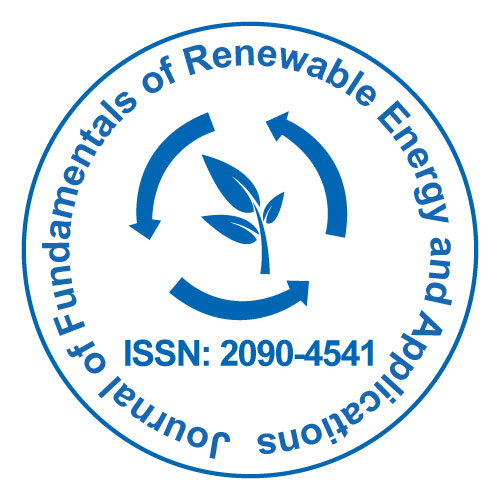
Journal of Fundamentals of Renewable Energy and Applications
Open Access
ISSN: 2090-4541

ISSN: 2090-4541
Michael J. Ioelovich
Celdesigner, Israel
Posters & Accepted Abstracts: J Fundam Renewable Energy Appl
Statement of the Problem: Currently, fuel pellets are made mainly from wood and some other biomass. The fists problem is that this biomass is expensive and/or its sources are limited; as a result, the cost of the fuel pellets is quite high. Other problems are that calorific value and energy density of the pellets are lesser than of solid fossil fuels such as coals; besides the pellets are hydrophilic and therefore they should not be in contact with humid air during transportation and storage. The purpose of this study was to improve the fuel features of the pellets. Methodology & Theoretical Orientation: To increase energetic potential, strength and density of the pellet, as well as to reduce their hydrophility and the production cost, it is proposed to introduce into biomass (BM) the waste polyolefins and/ or rubber as a polymer binder (PB). Calorific value (Q) and energy density (ED) of the improved pellets can be calculated by the equations: Q= Σ[(1-WPB) QBM + WPB QPB], ED=d Q, where QBM and WPB is calorific value of BM and PB, respectively; WPB is weight fraction of PB; d is density of pellets. Findings: Since QPB is more two times higher than QBM, additive of PB increases both calorific value and energy density of final pellets. Conclusion & Significance: It has been found that improved fuel pellets consisting of plant biomass and additive of PB are the most promising solid fuels, since they provide a higher calorific value, energy density and strength, as well as the lower hydrophility and cost than the biomass only. Moreover, the energetic features of the improved fuel pellets are close of those of solid fossil fuels such as coals.
E-mail: ioelovichm@gmail.com